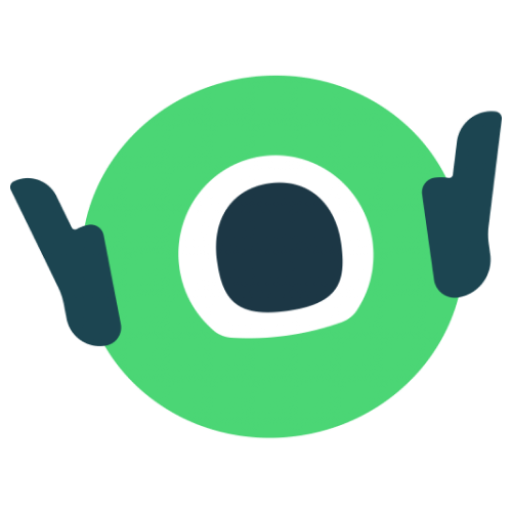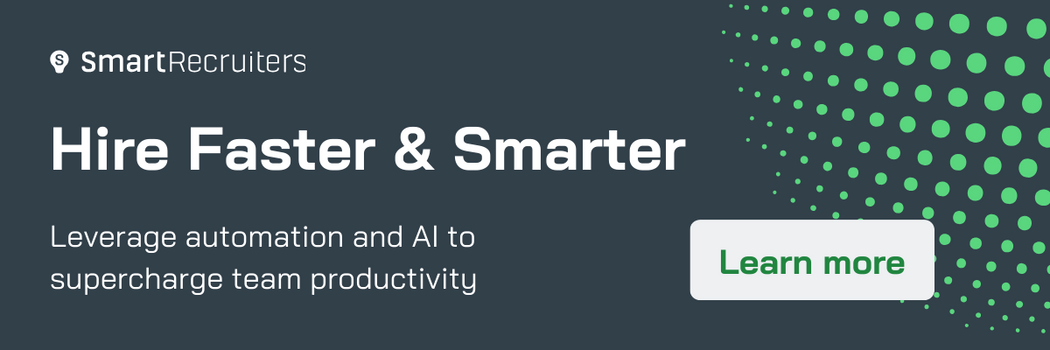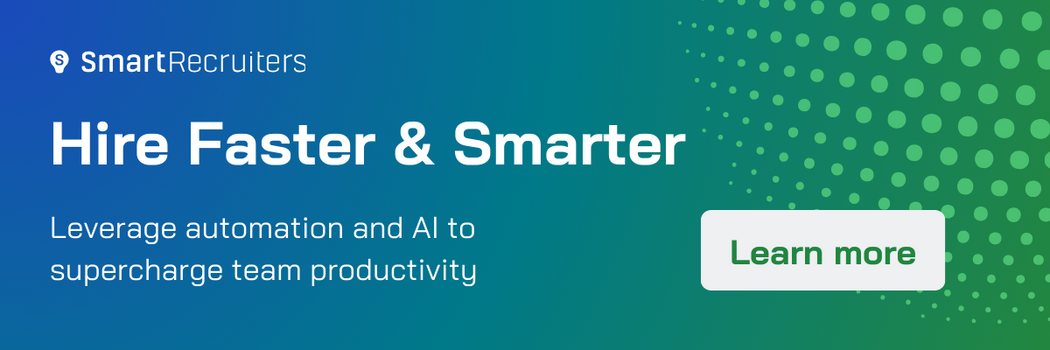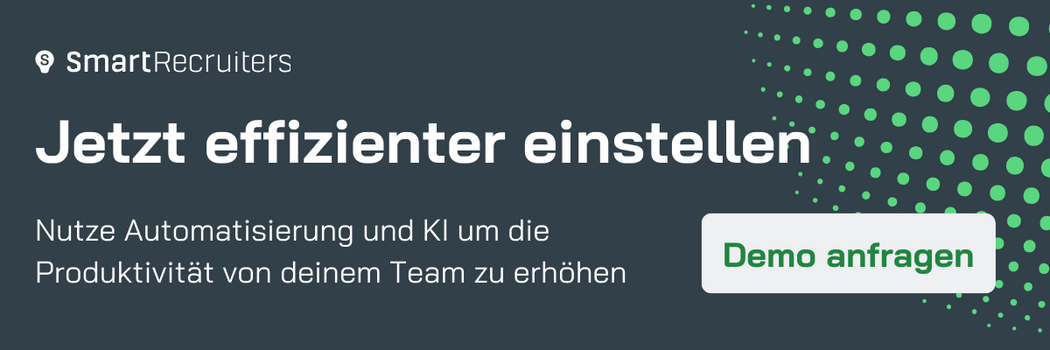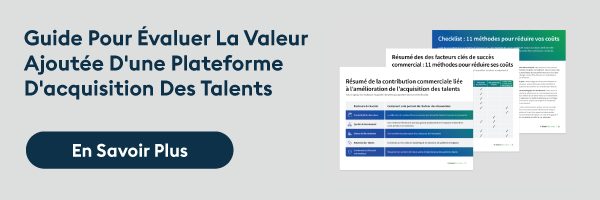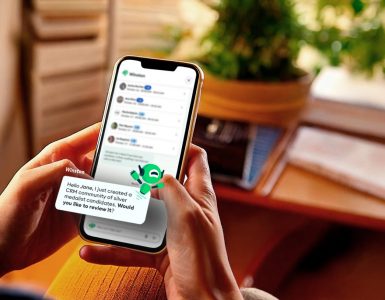LinkedIn has evolved tremendously since it was founded in 2002. They have transformed their platform from a simple online resume and networking site to a comprehensive system for managing all your personal branding activities and actions. They have been adding features regularly, providing a richer and more productive experience that allows you to forge strong and meaningful relationships with your connections.
There’s one LinkedIn networking feature that I find particularly useful. Yet when I talk with my clients and colleagues about it, they’re completely unaware of it. It’s the Relationship feature, and it is a valuable tool you can use with all your 1st-level connections. It allows you to keep all the information you know about someone in one place – essentially creating your own custom version of their LinkedIn profile.
Have an upcoming meeting with a member of your network? Not to worry. Just pull up their profile from your personal connections (not from the search at the top). Click on the Relationship tab, and LinkedIn will reveal your individual history with that person (assuming you have been faithfully using the feature). There are five components:
1. Note
This element allows you to add a note to your version of their profile. It’s a great place to keep track of specific things you’d like to remember about this contact. You could include things like “really into sailing” or “has five daughters” or “is interested in moving forward on a project but needs success stories.” Since you can add content to this as you continue to build your relationship, you have a record of things that are important. And in a world that moves so fast, it is great to be able to deliver personalized service without having to keep all the personal details in your head!
2. Reminder
This customizable element makes it easy for you to remain on your connection’s radar. It will automatically remind you to contact this person at an interval you select. You can choose to be reminded in a day, a week, a month, or you can select Recurring. When you select Recurring, you get another menu giving you these options:
- Every week
- Every month
- Every 3 months
- Every 6 months
- Every year
- Custom range
If you choose Custom Range, you are prompted to enter the number of days between reminders. I love this because it means I don’t even have to remember putting this action on my daily do-list.
3. How You Met
If you meet a lot of people and have a hard time keeping track of where you connected with them, this feature is a godsend. I use it all the time. Most of my work involves public speaking in front of large audiences, so I meet a lot of people. Typically, I get a connection request right after I deliver a keynote. So after accepting the invitation, I go right to this field to enter the date and name of the event where we met. I cannot tell you how helpful this has been to me over the years. If they initiated the connection, they’ll remember when you met; you don’t want your response to be “I’m stumped … how do I know you?” Mentioning the details is a way of showing that a connection really matters to you.
For referrals, there’s a separate field where you can record the name of the person who connected you. This feature made me realize that my friend Greg owns the personal brand attribute of “connector” – as his name appears in this field more often than anyone else I know.
4. Tag
This is an underutilized but incredibly valuable feature. LinkedIn has eliminated the need for you to maintain any other contact management system for organizing your network. In addition to your LinkedIn connections, you can integrate your iPhone contacts, your Gmail contacts, and everything in between. That gives you access to everyone in one place. What’s more, the Tag feature allows you to create your own tagging system. This lets you organize and group your contacts so you can sort them and communicate with a subset easily.
I use LinkedIn as my primary contact management system, and I always keep a back-up of the data I have stored in LinkedIn, too. Because LinkedIn is a third-party system, you want to make sure you have a record of all your connections somewhere else, just in case. So export your contacts regularly – just for safe keeping. You can export to:
- Microsoft Outlook or Outlook Express
- Yahoo Mail
- Mac Address book
- vCard
5. Messages/Conversations
If you email with a connection through LinkedIn, those messages are stored here. So you can go back to previous conversations, tracking all of your communications. Personally, I don’t send lots of emails through LinkedIn – preferring to keep all of them in my corporate email – but I do see the value of this feature. If you’re disciplined, you can have all information, including correspondence, on one site – making LinkedIn your one-stop shop for nurturing your professional network.
Of course, you can only use the Relationship feature if you have connections! To grow your network, watch my recorded webinar on creating a compelling LinkedIn summary here.
This article was written by William Arruda from Forbes and was legally licensed through the NewsCred publisher network. SmartRecruiters is the hiring success platform to find and hire great people.
![]()

